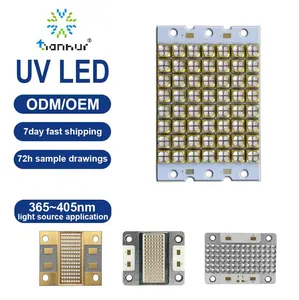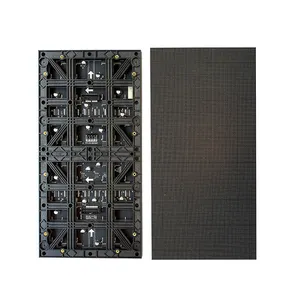
Aluminum Substrate Ultrasonic Induction Adjustable LED Lamp Board PCB Manufacturing Lamp Board Module Processing OEM Price


Tianhui COB Module High-power UV LED 365nm 385nm 395nm 405nm Inkjet Printing Curing 5075mmUVA LED Board



















LED technology has revolutionized the lighting industry, and board LED modules are at the forefront of this transformation. These modules are compact assemblies that incorporate LEDs on a circuit board, designed to offer a versatile and efficient lighting solution. Their growing popularity stems from their adaptability in various applications, energy efficiency, and ease of integration into different lighting systems.
The versatility of LED module lights is evident in their wide range of types, each suited for specific applications. From LED modules for signs that illuminate advertising spaces to LED display modules that power large-scale screens, these components are integral in various sectors. Other types include LED traffic light modules, which contribute to road safety, and LED backlight modules used in display technologies. Additionally, LED sequencer modules and RGB LED modules offer dynamic lighting options for both commercial and creative projects.
Board LED modules are known for their robust features, including energy efficiency and longevity. The materials used in these modules are carefully selected for durability and performance. Typically, they consist of a combination of aluminum for heat dissipation, plastic for insulation, and copper for conducting pathways. The LED chips themselves are made from semiconductor materials that emit light when an electric current passes through them.
The advantages of using board LED modules are numerous. Their energy efficiency not only reduces power consumption but also lowers the carbon footprint of lighting solutions. The longevity of LEDs means less frequent replacements, translating to cost savings and reduced waste. Furthermore, the modular nature of these lights allows for customizable configurations, making them suitable for a broad range of lighting design requirements.
When selecting board LED modules, customization is a key factor. The market offers a variety of modules, such as LED driver modules, which control the power to the LEDs, and LED dimmer modules, which adjust brightness levels. For specific color requirements, white LED backlight modules and circular LED modules are available, catering to different design preferences and functional needs.
In conclusion, board LED modules represent a significant advancement in lighting technology, offering efficient, durable, and flexible solutions for a multitude of lighting needs. Their application extends beyond mere illumination, enhancing aesthetic appeal, and contributing to energy conservation. As the demand for sustainable and adaptable lighting continues to grow, board LED modules stand out as a key component in meeting these needs.